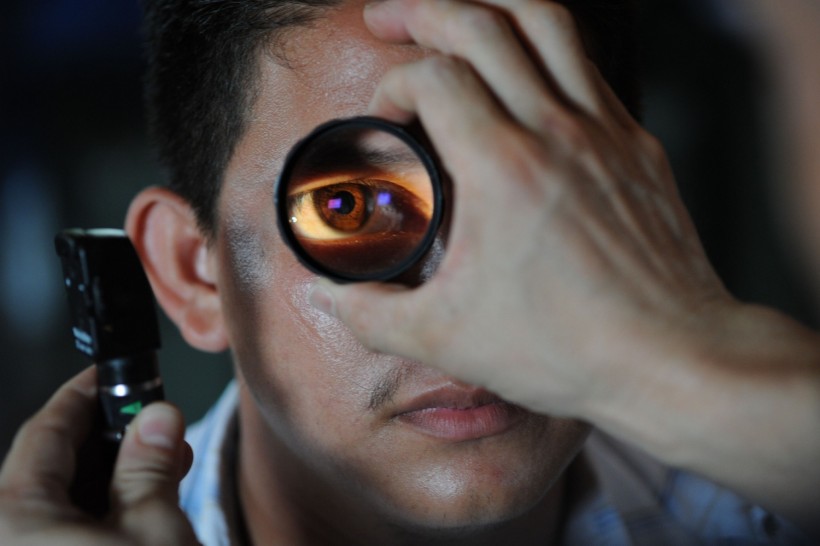Despite the adult mice's relative maturity, researchers have managed to cure a form of congenital blindness in the rodents.

Patient Eye
Leber Congenital Amaurosis Treatment
The mice were used to simulate a rare form of leber congenital amaurosis (LCA), which affects the retina of the eye. This kind frequently results in blindness or significant vision impairment at birth. This genetic disorder appears to result from a mutation in any one of the several genes connected to the retina and its capacity for light sensitivity.
Scientists have been developing therapies that could repair or replace photoreceptors in this region of the eye that are damaged or not functioning. Retinal implants, gene editing inteventions, and medication are a few strategies tested.
These new treatments all improve vision to varied degrees. However, for people with rod photoreceptor mutations, synthetic chemicals that target the retina appear to hold the most promised cure.
Synthetic Retinoid Treatment for Adults
Synthetic retinoid therapies that are injected directly into the eye can help offset some vision loss, according to earlier research on kids with LCA. However, it is less clear how these treatments affect people with the illness.
Although significant progress has been made, it is still unknown to what extent the restoration of the retinal abnormality will enable adult visual circuits to be fully functioning at the level of the visual cortex.
It has been hypothesized that during specific developmental windows during early life, the brain's visual system is reinforced and created. If the eye is not trained at these crucial times, the brain's visual networks may never be properly wired for seeing, resulting in lifelong vision problems.
But it's possible that a mammal's capacity for seeing is much more changeable than previously thought.
Experiment on Adult Rodents
According to Science Alert, adult rodents born with retinal degeneration were given a synthetic retinoid for seven days by researchers to test this theory. After 27 days, the therapy was effective in regaining some of the animals' normal light-orienting behaviors and light sensitivity. Nine days following treatment, the optic nerve was activating significantly more neurons in the visual brain. This implies that retinoid treatment, even in adult mice, can greatly restore the central visual pathway, which transmits information from the eye to the visual brain.
ALSO READ: Gene Therapy Prevents Blindness in Children With Leber Congenital Amaurosis, NPHP5 Deficiency Explained
Brain Circuit Restoration
Sunil Gandhi, a neurobiologist at the University of California, Irvine, stated in UCI News that they were astounded by how well the therapy restored brain circuits related to vision.
He claimed that healthy, functional retinas are only one component of sight. It begins with the eye, from which messages are sent to every part of the brain. He added that visual perception actually begins in the brain's core circuits.
He said that seeing involves more than intact and functioning retinae. It starts in the eye, which sends signals throughout the brain. It's in the central circuits of the brain where visual perception actually arises.
Although the study, which is published in Current Biology, only involved mice, neuroscientists believe that the critical window for the human visual system may also be bigger than previously thought.
In other words, losing one's sight as a child does not necessarily entail that one will never regain it as an adult.
According to Ghandi, the impulses from the opposite-side eye, which is the mouse's dominant pathway, triggered two times more neurons in the brain right after the therapy.
RELATED ARTICLE: Reusing Contact Lens May Lead to Rare Eye Disease That Causes Blindness
Check out more news and information on Medicine and Health in Science Times.














